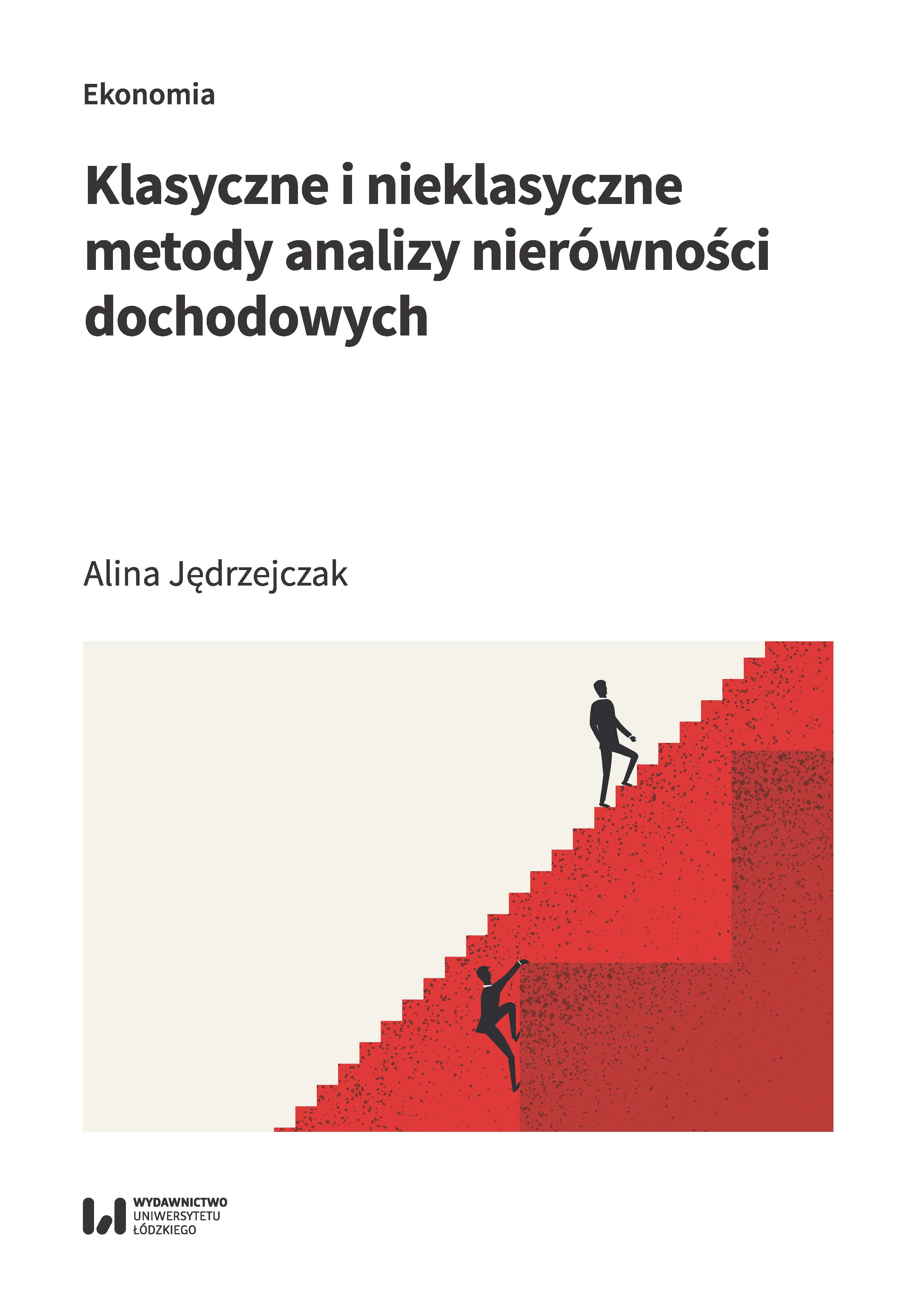Klasyczne i nieklasyczne metody analizy nierówności dochodowych
Classical and non-classical methods of income inequality analysis
Author(s): Alina Jędrzejczak
Subject(s): Economy, Financial Markets
Published by: Wydawnictwo Uniwersytetu Łódzkiego
Keywords: income distribution; income inequality; economic distance; gender gap; inequality decomposition
Summary/Abstract: The work takes up a broadly understood statistical methodology regarding the analysis of income distribution and income inequality. Recently, there has been an increase in interest in researching inequality, injustice and poverty, as well as in the practical dimension of these studies. The monograph presents a wide range of inequality measures, derived from various approaches: descriptive, axiomatic and normative, including the Gini, Theil and Zenga coefficients. Their interrelationships and the specificity of each of them have been analysed. The importance and value of point measures (as opposed to synthetic ones) were emphasized. The concept of income inequality analysis has also been extended to inequality between income distributions. In this regard, a wide range of approaches is presented, with the possibility of focusing on selected aspects of differences between distributions - for example, on the deprivation of a distinguished group. Approaches based on relative distribution and generalized measures of economic dominance are described, as well as a family of measures of income inequality based on quantiles. In addition to theoretical considerations, empirical analyzes based on individual data were also carried out, concerning the distribution of household income in Poland in various divisions. These analyses covered the period 2014–2020, which made it possible to assess the impact on income inequality on the one hand of the Covid-19 pandemic, and on the other hand, of rapid economic growth and social programs. Comparative analyzes of income distributions in Poland and Italy were also carried out, including gender gap analyses.
- E-ISBN-13: 978-83-8331-309-2
- Print-ISBN-13: 978-83-8331-308-5
- Page Count: 200
- Publication Year: 2023
- Language: Polish
- eBook-PDF
- Table of Content

